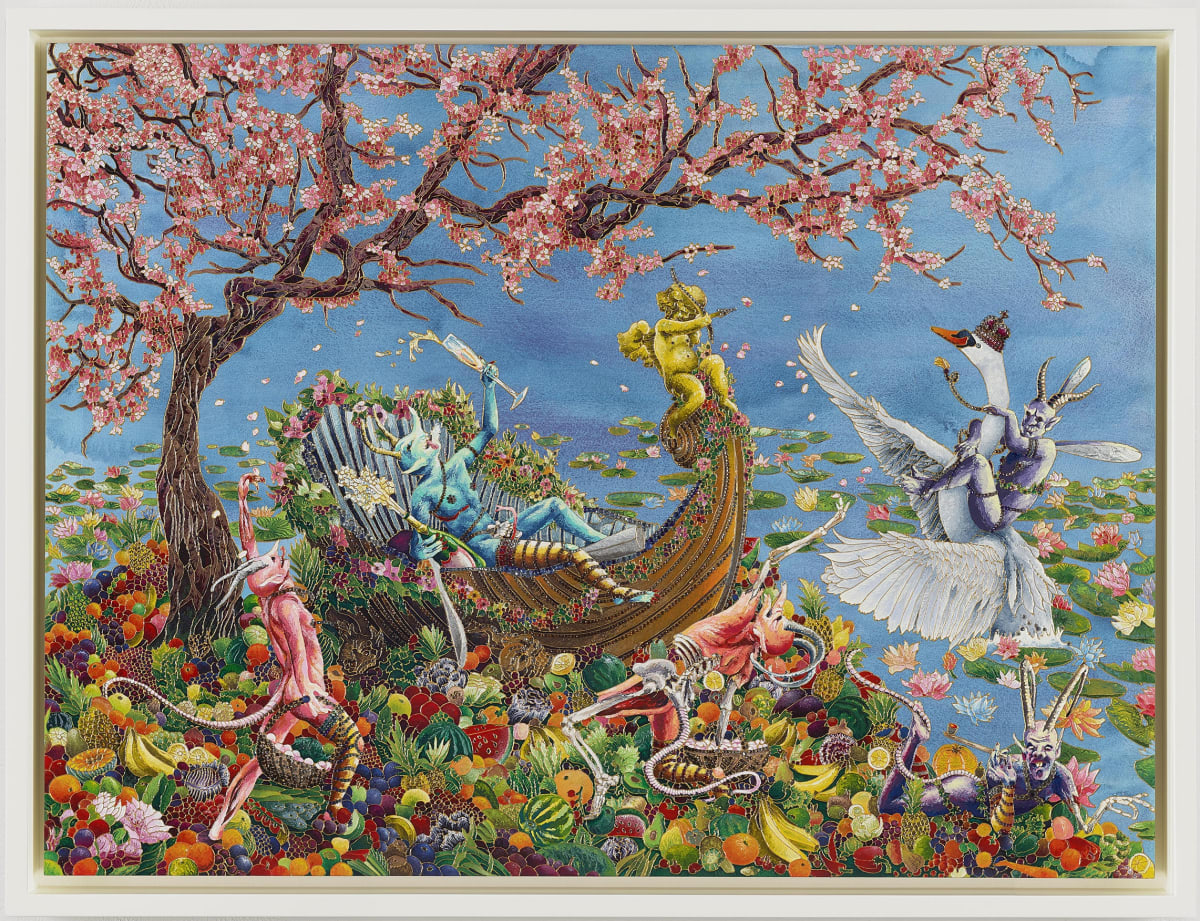Raquel Forner
Buenos Aires, Argentina, 1902 - 1988
"I feel a world of metaphysical realities that escape my intelligence and I want to trap in my painting, that I cannot express with images. A world of magic and mystery that terrifies my soul, and I want to capture it and free myself through my art."
The life of the artist Raquel Forner is marked by the war. She was born in Argentina and at the age of twelve moved with her parents to Spain, where she saw the beginning of the Civil War and, later, the Second World War. Forner thus builds her own symbolism around the woman figure in the dark world that prevailed in Europe during those decades. In her youth, she returned several times to Buenos Aires, where she met her soon-to-be husband, the artist Alfredo Bigatti. In 1937, they built their house-studio together in the neighborhood of San Telmo, where they would later create a foundation that would be in charge of watching over the legacy of her works.
In the early 1930s, Forner founded the Grupo de París along with artists such as Spilimbergo and Berni. The interest and subject matter of her works developed as a reflection of the world's concerns from the perspective of the artist's sensibility. Faced with the atrocities of war, the death of thousands of men in combat and the destruction of towns and cities, society, as well as the notions of identity, enter into crisis. At the beginning of her career, Forner made multiple series of work around these themes, reflecting on social identity, which, like any construction, sows its roots and grows in the soil – it belongs to a place.
During the last years of the 1950s, Forner changes her work focus and begins to wonder about the possibility of the existence of new worlds. This concern becomes increasingly relevant in a context marked by the first space explorations, the emergence of NASA and the remarkable change in the speed of the mass media that dynamize the information flow. In 1957, Forner began her works related to space, frequently starring "astroseres" or beings from the stars; planets; astronauts, among others.
Throughout her career, she will exhibit her works in hundreds of institutions around the world, and will also receive numerous awards, including the First National Painting Prize at the National Salon of Fine Arts. Raquel Forner is still considered one of the pioneers of Argentine surrealism and one of the most important female artists of her generation.
About the work
The work Los Frutos, from Serie de España (1937-1939), condenses all of Forner’s iconic symbolism, depicting a shadowy, dense landscape, with brick dust-stained ruins writhing in pain next to motionless, piled-up bodies. In the midst of the ruin, a sturdy, bleeding tree bears a hand, a foot, and a head worthy of a Greco-Roman sculpture. Its branches close over its limbs and fruit, which seem to be the only thing that can flourish. The tree tries to cling to the few remnants of a sphinx, the few remnants of civilization.
The narrative relationships between Forner’s symbols are diverse, almost infinite. When representing one of the most tragic moments in human history – war – Forner chooses a tree in the place of humanity and dyes the earth red, blood-red, as if the roots were the arteries that pump the heart. In this work, as in the rest of the paintings of this period, women are robust, their hands carry children, food, work, pain. The woman who survives the war and must move on appears with the agony of everything that has been lost.

